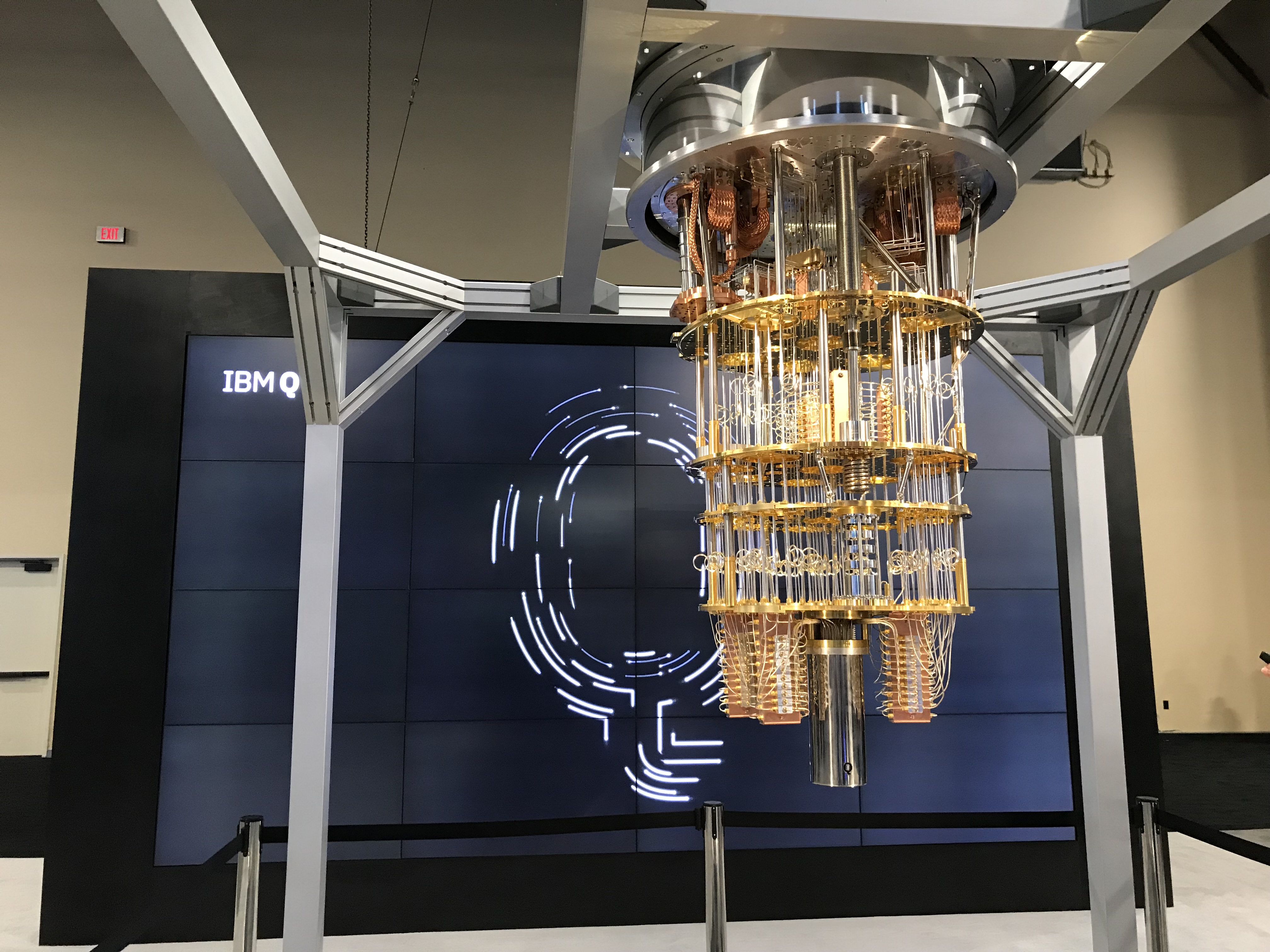The Quantum Future
According to IBM, we're about to take a quantum leap.
Join the DZone community and get the full member experience.
Join For FreeEarlier this year, I went to IBM Think on behalf of DZone, not really knowing what to expect. I'd never been to a conference as large as this one (held at Mandalay Bay Convention Center in Las Vegas). I easily walked 10 miles a day just meeting up with folks and trekking from one session to another.
In addition to the workout, I got a great education on the basics of quantum computing, which IBM estimates will be mainstream in five years. The conference brought together leaders from all over tech as well as representatives from a huge range of IBM projects dealing with AI, blockchain, cloud security, Big Data, IoT, microservices, and so on.
One of those projects is IBM Q, an initiative to make quantum computing globally accessible to business as well as science. As we approach the inevitable end of Moore's Law, quantum computers offer the possibility of solving much more difficult and complex problems than silicon chip-based computers ever could.
I attended the IBM Think keynote session on quantum computing, aptly titled "From Sci-Fi to Reality: Quantum Computing Is Here." Director of IBM Research Arvind Krishna, along with Kohei Itoh (Dean, Faculty of Science and Technology at Keio University) and Talia Gershon (Senior Manager of AI and Quantum Experiences at IBM) shared how they're moving quantum computing forward.

A prototype of a 50-qubit quantum computer on display at IBM Think 2018
In 2016, Gershon's team made a five-qubit computer available to the public for anyone to conduct experiments. (A "qubit" is the basic unit of information in quantum computing, analogous to a bit.) The user interface, Composer, looks like a musical score, with five lines that each represent a qubit. You manipulate the states of the qubits by dragging "gates" (simple operations like "AND," "OR," or "NOT") onto the lines. Eventually, Gershon said, layers of software abstraction will be built up enough that engineers can create languages for quantum computers like Python and C++.
IBM Q's introduction to quantum computing mentions that quantum information is "as different from ordinary 'classical' information as a dream is from a book." It doesn't behave the way you're probably used to seeing information behave. While a bit is essentially either a 1 or a 0, in an "ON" or an "OFF" state, a qubit can be a 1 and a 0, both on and off, at the same time.
"Our intuition about what we can compute is wrong," Gershon said.
Jessica Pointing, a researcher at MIT and Harvard, gave a talk called "The World of Quantum," reviewing the basic physics that make quantum computing possible. When a qubit inhabits multiple states at the same time, this is called superposition. Pointing used an animation of a spinning donut with a frosted side and a plain side to illustrate the concept in her presentation. While assessing the superposition of more than one "donut," the donuts/qubits are said to be "entangled." Quantum computers exponentially improve their processing power over classical computers by using the properties of superposition and entanglement.
In fact, Pointing said, they're so much faster than what we're used to, a classical computer would need 1 billion years to work through a cryptographic problem that a quantum computer could solve in 100 seconds.
These are the early days of quantum computing. Researchers in the field envision creating new lifesaving drugs, microelectronics, AI systems, and much more with the help of quantum computers. It may even be possible to build hybrid quantum-classical algorithms and bring a version of the technology into the mainstream.
I was excited to go to a session called "The Scientific Future," presented by physicist and futurist Michio Kaku. (Kaku has authored several popular science books and co-wrote the first academic papers describing string theory, and I've listened to his "Science Friday" radio segment for years.) He dug into the implications of the technology on display at IBM Think, describing a future where space travel is common and fairly cheap, and AI is integrated seamlessly into every aspect of life.
"Neural networks and quantum computers will be necessary for space travel," Kaku said. "The second computer revolution is underway because of the space program."
Why is space travel necessary? "The dinosaurs did not have a space program," he joked. "That's why we need an insurance policy."
Kaku predicted that the reign of Silicon Valley will soon come to an end, along with the age of the microchip. "Silicon Valley could become a Rust Belt," he said, referring to a region in the Midwest and northeastern United States where manufacturing used to thrive. "We're entering the age of AI." If IBM researchers have anything to do with it, quantum computing will usher us in.
Opinions expressed by DZone contributors are their own.

Comments